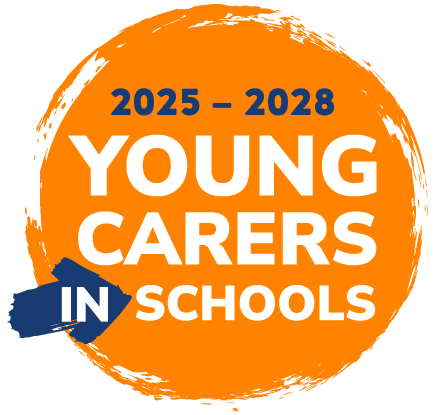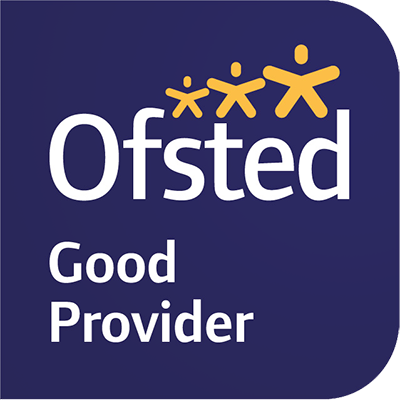Art & Photography Curriculum Overview
Knowledge Organisers
- Technical skills in drawing, painting and making
- The ability to experiment with materials, refine ideas and be confident enough to make mistakes.
- Imagination and creative thinking and making
- Critical analysis of imagery of both contemporary and historical source
- Aiming high, staying positive and resilience
- Communication skills (listening, speaking, presenting)
- Teamwork and problem solving,
- Creativity and thinking skills
- Self-management and leadership
Key Stage 3 Curriculum
Our Key Stage 3 Curriculum:
We know that students who read well achieve well. As such all subject areas are committed to providing regular opportunities to read extensively. We provide regular opportunities for students to read as part of the research process.
Download the full policy at the link above for a full break down of learning for each Term.
Key Stage 4 Curriculum
Our Key Stage 4 Curriculum
At Key Stage 4 students follow the AQA Art and Design and Art and Design (Photography).
Download the full policy at the link above for a full break down of learning for each Term.
Aim
Here at Sandhill View Academy, we aim to securely equip all of our students for life beyond school as successful, confident, responsible and respectful citizens. We believe that education provides the key to social mobility and our curriculum is designed to build strong foundations in the knowledge, understanding and skills which lead to academic and personal success. We want our students to enjoy the challenges that learning offers. And ultimately we want students to ‘Know More, Do More and Go Further’ Our aims are underpinned by a culture of high aspirations. Through developing positive relationships, we work towards every individual having a strong belief in their own abilities so that they work hard, build resilience and achieve their very best.Intent
The curriculum includes formal teaching through subject areas, assemblies and extracurricular activities. We regularly review content to ensure we continue to meet our curriculum aims. Art allows pupils at SHV the opportunity to express themselves and use their imagination to produce creative outcomes. The Art and Design curriculum is planned to enable all students to develop knowledge & skills in the following areas:Covid Recovery to ‘unlock learning’
We have built Covid Recovery into our long and short term planning by including Jump In (connect) activities to encourage deeper thought and debate in lessons and are continually updating these with relevant topics to reflect both contemporary culture and historical events. We have ensured that all planning addresses gaps in both skills and discussion techniques for all year groups, to not only improve on techniques but also creative thinking skills in order to create personal artwork. We have a focus on refining fine motor skills and collaboration in KS3 projects as these were two areas we feel have been affected by lost learning over the pandemic.
Literacy
We know that students who read well achieve well. As such all subject areas are committed to providing regular opportunities to read extensively. In Art and Textiles we provide opportunities for students to read as part of connect activities and within the classroom environment with a larger focus on this particularly with artist research in order to develop independent projects. We also have aspirations for our students to use ambitious vocabulary and are using Frayer models and ‘push’ techniques in lessons. Our team has embedded learning outside the classroom with developing literacy with annual ARTiculate projects with the Laing Art Gallery and regular visits to the archive at Baltic Contemporary Art gallery working with librarians to develop knowledge. All curriculum areas use literacy end point document which details yearly end points for reading, writing and oracy to ensure consistent literacy skills embedded across the curriculum. Students use the SMART reading and writing frames in lessons which helps them to critique artists and artworks and enables them to use the visual and creative language needed to write and talk about Art.Sequence and Structure
Our curriculum is split in to Key Stage 3 (years 7, 8 and 9) and Key Stage 4 (years 10 and 11).
Skills Builder
We are also explicitly embedding transferable ‘Skills Builder’ skills such as problem solving, aiming high and teamwork to prepare our students for higher education and employability skills for the future. This year in Art we will focus on Creativity, Aiming High and Leadership. Our young people have demonstrated that taking part in creative activities both in and outside of the classroom can not only boost their self esteem but they can also help others. We encourage our young people to teach skills to others and work together to learn about different cultures and events through discussion and group work. Projects from Year 7 upwards have been designed to creatively explore a variety of materials but also to refine skills to aim high to take pride in not only their final pieces but also to the process displayed in their sketchbooks.
How Does our CurriculumCcater for Students with SEND?
Sandhill View is an inclusive academy where every child is valued and respected. We are committed to the inclusion, progress and independence of all our students, including those with SEN. We work to support our students to make progress in their learning, their emotional and social development and their independence. We actively work to support the learning and needs of all members of our community.
A child or young person has SEN if they have a learning difficulty or disability which calls for special educational provision to be made that is additional to or different from that made generally for other children or young people of the same age. (CoP 2015, p16)
Teachers are responsible for the progress of ALL students in their class and high-quality teaching is carefully planned; this is the first step in supporting students who may have SEND. All students are challenged to do their very best and all students at the Academy are expected to make at least good progress.
Specific approaches which are used within the curriculum areas include:
- Differentiated and feedback tasks outlined clearly on the board or in teaching resources
- A variety of techniques, processes and materials are taught in art and photography covering forms such as 3D, collage, photo manipulation in physical and digital forms, painting, drawing and sewing
- Group work and discussion tasks to develop confidence in presentation and literacy skills
- Work is always uploaded onto TEAMS in order for both students and parents to work outside of the lesson
- Art club for all take place at lunch time and intervention takes place after school twice a week for GCSE
How does our curriculum cater for disadvantaged students and those from minority groups?
As a school serving an area with high levels of deprivation, we work tirelessly to raise the attainment for all students and to close any gaps that exist due to social contexts. The deliberate allocation of funding and resources has ensured that attainment gaps are closing in our drive to ensure that all pupils are equally successful when they leave the Academy. More specifically within the teaching of Art and Design, we;
- We aim to provide not only a space to teach technical skills in art, craft and design in order to build a sense of pride, resilience and creativity; but also a space where young people feel safe and comfortable to express how they feel about their society and what is happening in their world, whilst also developing empathy and understanding to others.
- Our subject encourages students to think creatively and develop transferable skills such as critical thinking, imagination and problem solving to equip them to lead in life beyond the classroom.
- Due to accessing funding for disadvantaged students we ensure all these students are equipped with a GCSE art pack to promote resilience, pride and independence in their work.
How do we make sure that our curriculum is implemented effectively?
-
The Art and Design curriculum leader is responsible for designing the Art and Design curriculum and monitoring implementation.
-
The subject leader’s monitoring is validated by senior leaders.
-
Staff have regular access to professional development/training to ensure that curriculum requirements are met.
-
Effective assessment informs staff about areas in which interventions are required. These interventions are delivered during curriculum time to enhance pupils’ capacity to access the full curriculum.
-
Curriculum resources are selected carefully and reviewed regularly.
-
Assessments are designed thoughtfully to assess student progress and to shape future learning.
-
Assessments are checked for reliability within the department and across the Trust.
How do we make sure our curriculum is having the desired impact?
- Examination results analysis and evaluation, reported to the senior leaders and the local governing body to ensure challenge
- Termly assessments-analysis and evaluation meetings
- Lesson observations
- Learning walks
- Book scrutiny
- Regular feedback from Teaching Staff during department meetings
- Regular feedback from Middle Leaders during curriculum meetings
- Pupil surveys
- Parental feedback
- External reviews and evaluations





